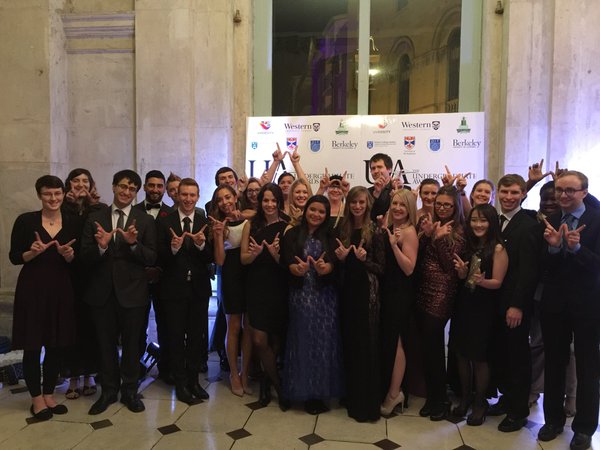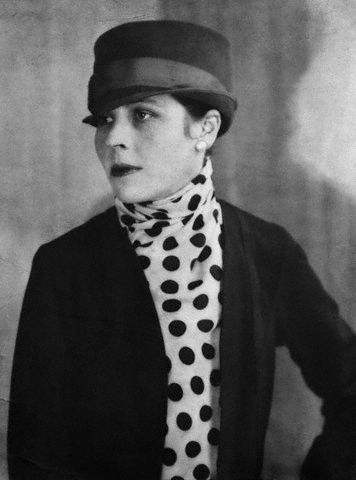
2015 Undergraduate Awards
Document Type
Article
Publication Date
2015
Abstract
Literary criticism on Djuna Barnes’s The Dove has hitherto been lacking, both in quantity and quality. At least, if an astute observation has been made of the play, it has hidden itself as deftly as has The Dove its meanings from the majority of critics. Partly to blame for this is the fact that few critics have even attempted to analyze it in any depth. But any critic who has read The Dove and dismissed it as a witty but nonsensical exercise in anarchistic sadomasochism, has, to put it kindly, not read it closely enough. While exemplary literary writing is contingent upon the art of ‘showing’ rather than ‘telling,’ and tends to respect a relative preference of elusive dramatization over lucid exposition, works of literature are not always justified in the degree to which they conceal their meanings. Barnes’s The Dove, however, is not enigmatic for the sake of being enigmatic. Rather, just as Vera and Amelia’s lesbianism is repressed from their consciousness, so too are the meanings of the play repressed from the surface, and thus only perceivable on a level of which not even the characters—apparently, not even the critics—themselves are cognizant. As evidenced by clues provided in the set’s artwork, the ribald paronomasia pervading the dialogue, and the ways in which Vera, Amelia, and The Dove are traited, the play’s three women are best understood as members of an inverted trinity whose antithesis to divinity is characterized by the repressed lesbianism of the sisters as contrasted with the paradoxically dangerous passivity of the bisexual Dove, the tension between which culminates in an absurd act of violence exacted upon a painting—the façade behind which their true selves are veiled.



